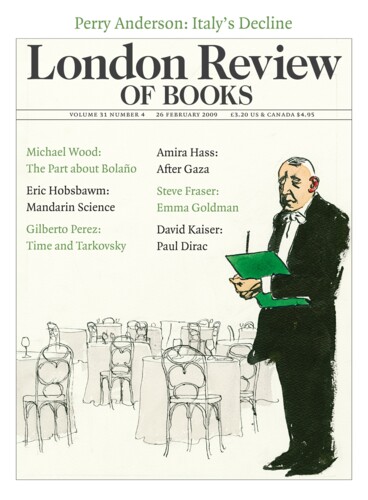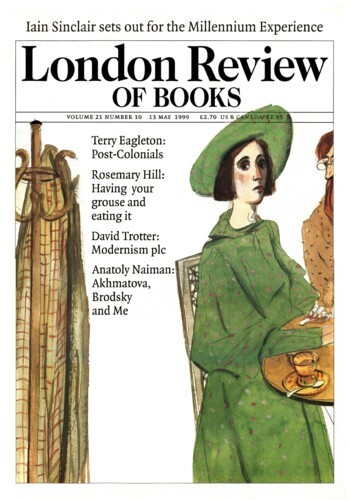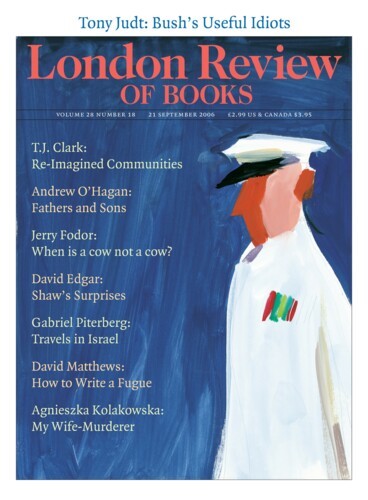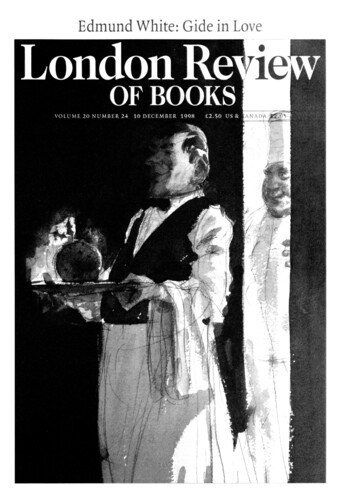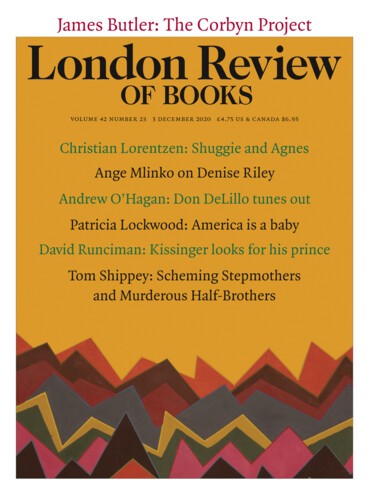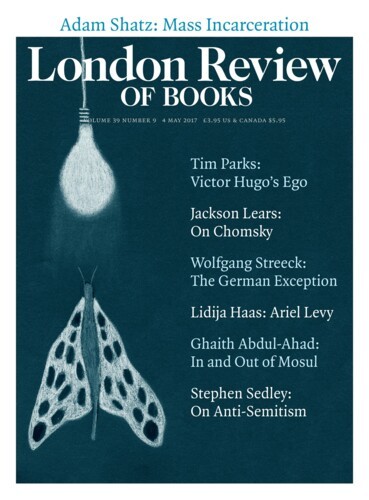Propaganda of the Deed: Emma Goldman
Steve Fraser, 26 February 2009
The media called for her head, the Chicago Tribune describing her as a ‘wrinkled, ugly Russian woman, who owns no god, has no religion, would kill all rulers, overthrow all laws, and who inspired McKinley’s assassination’. As an immigrant, a woman, an anarchist and a Jew, Emma Goldman’s very person seemed to signal the end of civilisation as the bourgeoisie understood it.
